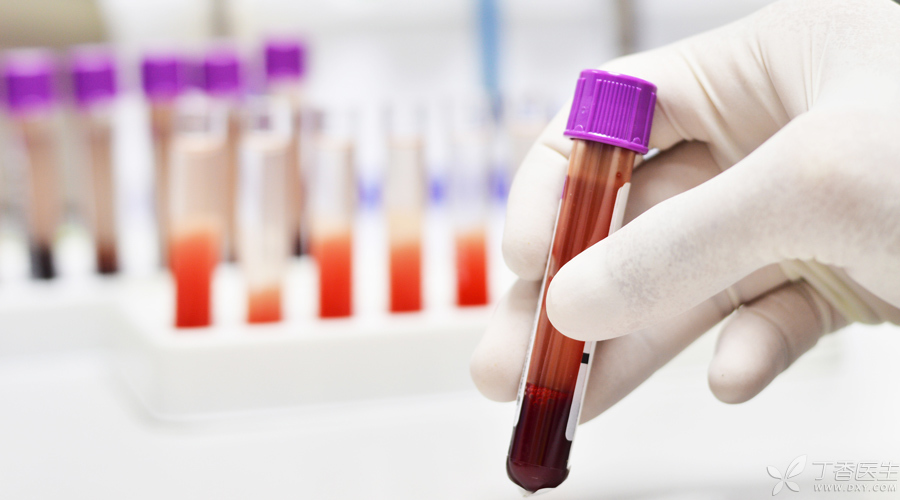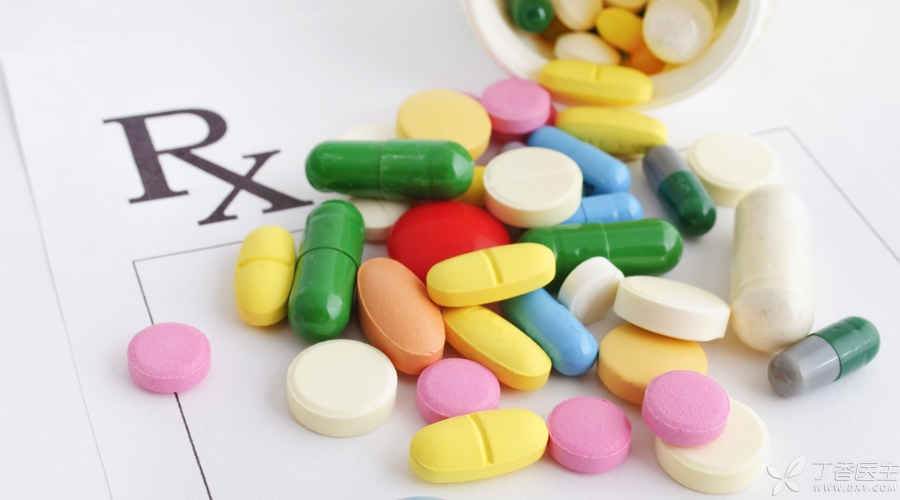
For diabetes treatment, everyone’s first reaction may be to control blood sugar.
So, is everything safe if the blood sugar reaches the standard?
This is not the case.
Today, Dr. Clove will tell you about a very important link in diabetes treatment: blood lipid control.
It is very important to control blood lipid.
We should know that dyslipidemia can cause atherosclerosis, myocardial infarction, cerebral apoplexy and other serious cardiovascular diseases. Therefore, dyslipidemia is called “silent killer”.
More than 40% of diabetics have dyslipidemia at the same time. Compared with simple diabetics, these patients will have a greatly increased risk of cardiovascular diseases.
Therefore, in order to prevent this [silent killer], diabetic patients should check their blood lipid level at least once a year in order to find and treat dyslipidemia in time. Patients receiving lipid-regulating drugs need to appropriately increase the number of tests in order to evaluate the curative effect, adjust the drug dose and make the blood lipid reach the standard as soon as possible.
Which conditions are dyslipidemia?
Blood lipid indexes include serum total cholesterol, triglyceride, low density lipoprotein cholesterol (LDL-C) and high density lipoprotein cholesterol (HDL-C).
Among these components, cholesterol is the [principal] leading to atherosclerosis, while triglyceride is the [accessory]. Atherosclerosis may cause serious diseases such as myocardial infarction and cerebral apoplexy.
Low density lipoprotein cholesterol (LDL-C) in cholesterol, also known as [bad] cholesterol, is the culprit leading to atherosclerosis. However, high density lipoprotein cholesterol (HDL-C) is often referred to as [good] cholesterol. Moderate increase can reduce the risk of atherosclerosis.
Therefore, dyslipidemia includes hypertriglyceridemia, hypercholesterolemia, mixed hyperlipidemia and low high density lipoproteinemia (the [good] cholesterol of high density lipoprotein cholesterol is too low).
Is my blood lipid normal?
Diabetes patients with different conditions have different blood lipid control targets. Sugar friends should determine their own blood lipid control targets under the guidance of doctors.
Generally speaking, the blood lipid control targets of diabetic patients can refer to the following data:
- The control targets of triglyceride and high density lipoprotein cholesterol (HDL-C) in patients with type 2 diabetes mellitus were: triglyceride < 1.7 mmol/L; High density lipoprotein cholesterol (HDL-C) > 1.0 mmol/L in males, Female > 1.3 mmol/L. For patients who have already suffered from cardiovascular diseases, The control target of low density lipoprotein cholesterol (LDL-C) is < 1.8 mmol/L. No cardiovascular disease, However, patients over 40 years old with one or more cardiovascular disease risk factors, The control target for low density lipoprotein cholesterol (LDL-C) is < 2.6 mmol/L. These risk factors for cardiovascular diseases include family history of early onset cardiovascular diseases (men before 55 years old, Women before age 65), smoking, hypertension, dyslipidemia or proteinuria. If there is no definite cardiovascular disease and the age is under 40 years old, they can be classified as low-risk patients, and the control target for low density lipoprotein cholesterol (LDL-C) is < 2.6 mmol/L.

Sugar friend blood lipid is high, how to do?
1. Receive regular lipid-regulating therapy
Diabetes patients with dyslipidemia should use statins for lipid-regulating therapy on the basis of lifestyle intervention. Lifestyle intervention includes diet control, appropriate exercise, maintaining appropriate weight, quitting smoking, etc.
Lowering low density lipoprotein cholesterol (LDL-C) is the primary goal in lipid-lowering drugs, and statins are the most commonly used drugs. Although these drugs may have side effects, they are generally safe to use under the guidance of specialists.
2. Don’t Trust Small Advertisements
People must not trust advertisements and choose some health care products because they worry about the possible side effects of western medicine. Health care products related to lipid reduction often have unclear ingredients. Even in order to increase the curative effect, some products known as pure natural and pure traditional Chinese medicine may also illegally add western medicine, and the dosage exceeds the safe range.
Therefore, such products may have [effect] on treatment, but they have obvious potential safety hazards and are not recommended.
3. Insist on taking drugs and do not stop taking drugs at will.
We need to remind everyone that lipid-regulating drugs themselves do not have dependence and addiction, and will not make the body uncomfortable because they are stopped. The key is that the body has abnormal blood lipid metabolism, which cannot be corrected after self-adjustment in the body, and needs to be adjusted by taking drugs for a long time.
Lipid-regulating drugs, like hypoglycemic drugs, generally need to be used for a long time. Once the drug is stopped, blood lipid will rebound quickly, and the incidence of cardiovascular diseases in some patients may also increase.
There are also many patients who belong to primary hyperlipidemia and cannot find the cause of the disease and need long-term medication control. For patients suffering from ischemic cardiovascular and cerebrovascular diseases, such as myocardial infarction and cerebral infarction, lipid-regulating therapy is a basic treatment. Only long-term application of lipid-regulating drugs can show the effect, long-term treatment and long-term benefits.
For cardiovascular patients or high-risk patients, drugs should not be stopped as long as there are no intolerable or serious adverse reactions.
If the blood lipid has reached the standard under the condition of using drugs, if possible, it can be observed under the guidance of specialists whether the dosage can be reduced, and the blood lipid can be controlled with the minimum dosage, so as to reduce the possible side effects of drugs and treatment costs without increasing the risk of cardiovascular and cerebrovascular diseases.
Cardiovascular diseases are the main causes of death and disability of diabetic patients at present. Blood sugar and blood lipid affect each other, leading to the occurrence of cardiovascular diseases.
Therefore, sugar lovers should not only pay attention to blood sugar but also ignore the control of blood lipid. We should try our best to find and treat dyslipidemia as early as possible so as to reduce the occurrence of cardiovascular diseases.
